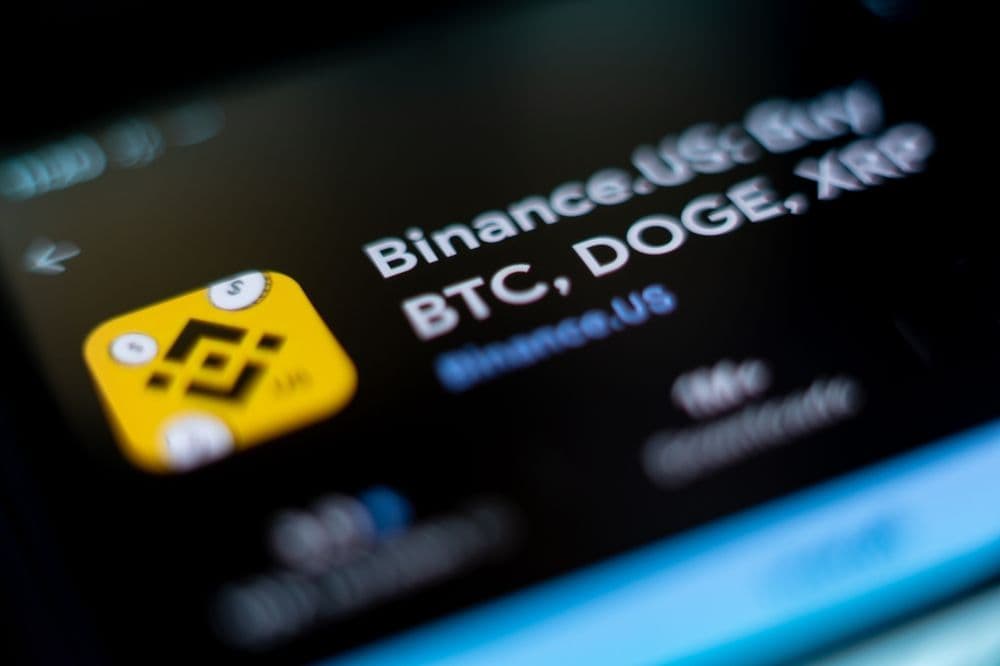How It Works: Binance’s New Voting Mechanisms
Under the new system, users who hold at least 0.01 BNB are eligible to participate in token voting. This means that Binance account holders will have a direct say in shaping the exchange’s token listings and delistings.
Vote to List
Users can cast votes for promising blockchain projects they want to see listed on Binance. Tokens that receive the highest number of votes and pass Binance’s internal vetting process will be listed for trading. This approach ensures that tokens added to Binance have strong community support.
Vote to Delist
On the flip side, users can also vote to remove underperforming or controversial tokens. This applies to tokens that:
- Show little development progress
- Have an inactive or declining user base
- Pose security risks or regulatory concerns
- Have been flagged for suspicious activity
Tokens at risk of being delisted will enter Binance’s Monitoring Zone, where the community can vote on whether they should remain listed. If a token receives a majority vote for delisting, Binance will assess and take appropriate action.
According to Binance, this system will create a more democratic, transparent, and user-driven token ecosystem. The exchange stated, “Vote to List and Vote to Delist returns power to the community. We firmly believe that close collaboration with users creates greater value for both investors and project teams.”
More Ways to List: Binance’s New Listing Features
Beyond community voting, Binance is introducing additional ways for tokens to get listed, making it easier for innovative projects to reach the market.
Some of these new listing features include:
- Direct Spot Listings – Tokens can go live for trading immediately after approval.
- Launchpool Farming Incentives – Users can earn newly listed tokens by staking their existing assets.
- Megadrop Rewards – Large-scale airdrops for early supporters and active Binance users.
- Early Pre-Market Trading – Select tokens may begin trading before their official listing, allowing users early access to new projects.
By providing these diverse listing options, Binance ensures that promising blockchain projects have multiple avenues to enter the market while maintaining strict vetting procedures.
Alpha Observation Zone: A Closer Look at Emerging Tokens
As part of its ongoing efforts to monitor new tokens, Binance is reinforcing its Alpha Observation Zone—a segment dedicated to early-stage tokens launched via Binance Wallet’s Token Generation Event (TGE).
Projects within this zone will be closely tracked by Binance to determine whether they are sustainable and meet the exchange’s standards for long-term listing.
This feature is particularly beneficial for users interested in investing in new projects while ensuring that risky or underdeveloped tokens are thoroughly evaluated.
Transparency and Fair Listing Practices
A key component of Binance’s strategy is increased transparency around token listings. Unlike some exchanges that charge high listing fees, Binance has confirmed that it does not charge listing fees.
Additionally, when a project allocates a budget for listing, Binance will publicly disclose this information, ensuring fairness and clarity. Tokens from such budgets will be distributed via airdrops to users rather than being paid directly to Binance.
This approach reinforces Binance’s commitment to fair token distribution, preventing financial barriers from influencing listing decisions.
A Growing Industry Trend: User-Driven Listings
Binance’s move comes at a time when other leading exchanges are also considering community-driven listing models.
For example, Coinbase is exploring a blocklist approach, where tokens are not pre-approved but instead filtered out by user reports and automated detection systems. Coinbase CEO Brian Armstrong noted that the sheer number of new tokens—nearly one million per week—makes manual reviews unsustainable.
Binance’s voting system may set a new industry standard, encouraging other exchanges to embrace crowdsourced decision-making in token listings and delistings.
How This Impacts the Crypto Market
This new governance model has several key implications for the crypto ecosystem:
- Better Price Discovery – By allowing users to vote on listings, tokens that genuinely have strong demand and utility will surface more quickly.
- Increased Transparency – With no listing fees and public disclosure of project-backed budgets, users can trust that listings are fair and unbiased.
- More Community Engagement – Binance users will have a direct influence on which tokens get listed, fostering a more active and engaged community.
- Improved Market Efficiency – By delisting tokens that are failing or pose risks, Binance ensures that its platform remains high-quality and trustworthy.
For crypto projects, this means that strong fundamentals, active communities, and long-term commitment are more important than ever when seeking a Binance listing.
A Major Shift in Exchange Governance
With the introduction of vote-driven listings and delistings, Binance is pioneering a more democratic and user-centric approach to crypto exchange governance.
By putting more power in the hands of its community, Binance is not only increasing transparency but also setting an industry precedent. If successful, this model could reshape how exchanges list and delist tokens, reinforcing the crypto industry's broader push toward decentralization and user empowerment.
This move is likely to spark further discussions on whether other exchanges should adopt similar voting-based governance models, leading to a more community-driven future for cryptocurrency trading.




